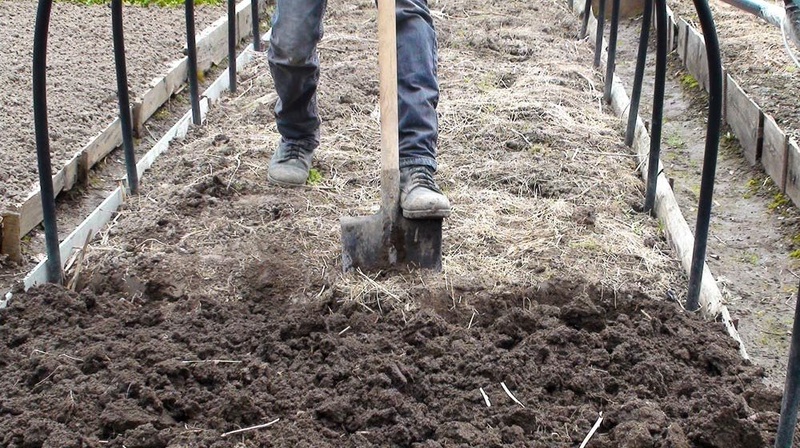
The Dirt on Florida Soils (and How to Improve Yours)
Florida gardeners with clay soil or sandy dirt will struggle to grow healthy plants unless they amend their earth with organic matter. Clay and sandy soils are found in the central and northern areas of the state. The peaty ground in South Florida needs fewer amendments.
Plant health is all about dirt health. Gardeners who want to grow beautiful, robust plants need to understand their soil and fix it if it’s broken, so to speak.
Myakka is a unique kind of soil that covers much of Florida. This dirt has marine origins and exists nowhere else but in this state. Apart from that commonality, Florida regions have varying soil conditions.
Panhandle soil tends to contain clay. North and Central Florida dirt is typically sandy. The earth in South Florida is quite peaty.
Is Your Soil Healthy?
Healthy soil contains nutrients, is crumbly, and drains well yet retains enough moisture to keep plant roots from drying out. Peaty ground enjoys all these attributes, so gardeners in south Florida don’t need to add many amendments. Central, North, and panhandle gardeners have their work cut out for them.
What Makes Soil Poor?
• Sandy earth tends to be poor because it doesn’t hold nutrients or moisture well. It contains large rock particles with spaces between them that allow water and nutrients to pass through quickly.
• Clay soil is poor because it compacts. The particles in compacted soil press together tightly, and roots and water can’t easily get through.
• New construction site ground is poor because 1) it is nutrient-depleted fill dirt, 2) it has been compacted by vehicle and foot traffic, and 3) it often contains construction debris. Many Florida gardeners deal with this kind of earth.
How to Improve Your Sandy Soil
The goal in amending sandy soil is to get it to retain more water and to boost its nutrient content. Achieve both by mixing in the right ingredients: broken-down animal manure, composted yard waste (including grass clippings, leaves, and humus), vermiculite, and peat. The last two amendments improve the soil’s water retention more than they add nutrients.
The roots of most plants only grow down about six inches, so this layer of earth should be the focus. Mix amendments into the ground before adding plants, if possible. Every year add more organic matter to the soil. It will decompose and need refreshing. Mulch around plants with bark nuggets, wood chips, leaves, straw, or hay. Initially, these materials will insulate the earth from the heat. Eventually, they will break down and add nutrients to the ground.
How to Improve Your Clay Soil
Clay soil naturally contains nutrients, but its dense nature often prevents plants from accessing the goodness. Clay particles are small and flat; they easily press tightly together, leaving no spaces between for plant roots. Wet clay soils get sticky and waterlogged. Dry clay soils can be full of hard chunks.
When clay earth is amended, the texture improves, and plants can access nutrient-rich matter.
Improve clay soil by adding organic matter such as grass clippings, compost, shredded leaves, and rotted manure. Mix it in to a depth of eight to 12 inches. It’s easiest to mix in amendments when the clay is more dry than wet. The ground level will be higher with the additions, but it will settle over time as the added matter breaks down. As this process occurs, the texture of the soil will continue to improve.
A Few Final Dirty Words
Gardeners whose plants are not thriving can send soil samples for analysis to the University of Florida/IFAS Extension Soil Testing Laboratory. Visit the UF/IFAS Extension website for more information.